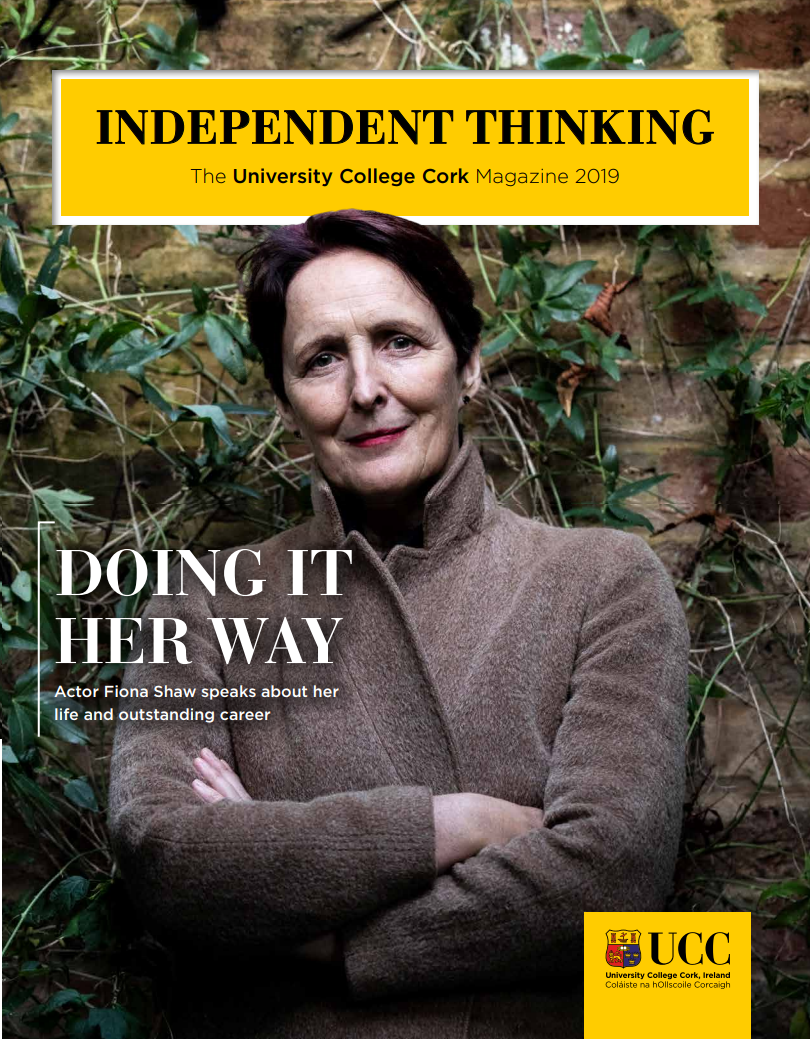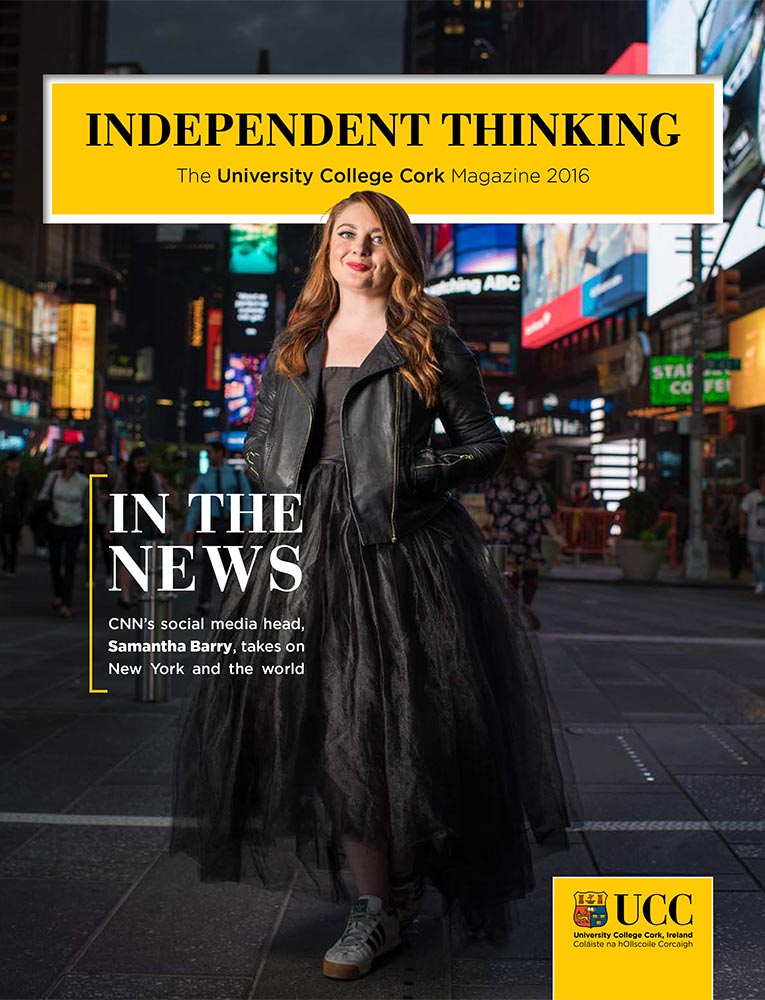The Most Fantastic and Impossible Rock in the World
Theo Dorgan hails the latest release from Cork University Press, The Book of the Skelligs, as both a ‘monumental work’ and a ‘magisterial gift to the world’.
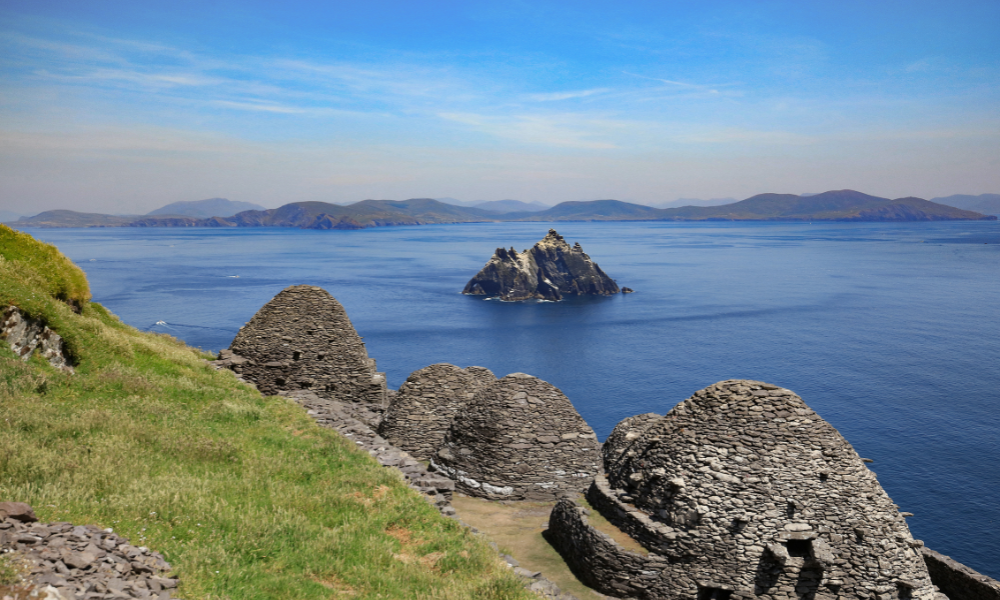
Sceilg Mhichíl, the Great Skellig, is one of a handful of resonant, sacred places in Ireland. It stands with Newgrange, Clonmacnoise, Tara and Dún Aengus as a mark of endurance in time, an ongoing presence in the imagination.
Such places have a particular nimbus of meaning, a power of evoking the past while invoking ideas of the eternal.
Skellig is a landmark to seafarers, a refuge for great flocks of gannet and skua and puffin, an abrupt and dramatic presence on the seaward skyline of south Kerry – all this in the material world. It stands in history for the great age of the visionary monastics, in literature for the spur it offers to dreams of Hy Brasil, for the stories that accumulate around it, the poems it has prompted. To the geologist, the naturalist and the ornithologist it is a rich point of study. So much convergence, such a rich node of associations, so many layers of presence in the world, in our dreaming and taletelling, and all of this falling in on, spiralling around and out from, a high bare rock in the Atlantic.
One might have thought that no single book could hope to do justice, then, to Skellig, in all its manifestations, its power to cast a spell – but to the credit of its visionary editors, John Crowley and John Sheehan, and to the credit also of its many gifted and learned contributors, The Book of the Skelligs is a marvel in itself, as potent and satisfying a spur to thought and the imagination as the place itself.
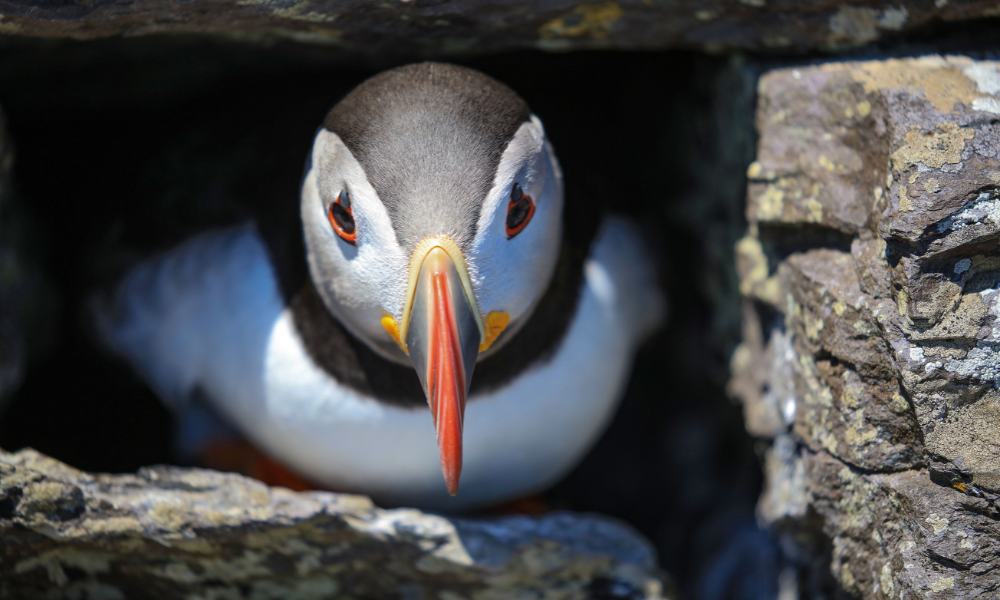
Yet another handsome and magisterial gift to the world from Cork University Press, it brings together learning and scholarship, thoughtful reflections, poems, and the spectacular images of photographer Valerie O’Sullivan, to make a whole that is considerably more than the sum of its parts. It seems fitting, somehow, that the superb design work is by Anú Design, based as they are in Tara.
A book such as this is very much of its time, distributing authority among the contributors, acknowledging the value of multiple points of view, drawing its narrative impetus from the interweaving of many disciplines. The illustrated Irish manuscripts, the far-back precursors to a volume like this, and this is equally true of their counterparts across medieval western Europe, honoured a single authority, the authority of the Christian Gospels. The narrative, if I might put it like this, was unitary and hegemonic, so that the illustrative work as well as the text of these books was suborned towards a single purpose. This book, by contrast, delights in its multiple perspectives, is at ease with and celebrates a dispersed and plural knowledge. A geologist will find learned authority here, as will a botanist, an historian of monastic life, a mariner, an ornithologist, a cartographer … it is both possible and profitable to plunge into the book drawn first by your own predilections and be satisfied. Nonetheless, you will find it impossible to resist being lured away into other zones of fascination, other domains of learning. For the general reader, the table of contents will prove a dangerous temptation – a quick scan of the chapters listed will derail any idea you may have of starting at the beginning of the book and finishing at the end. This reader, opening the covers with every good intention of tracking through from one end to the other, found himself instantly seduced by the box heading ‘The Night Sky in the Monastic Imagination’, sliding from that to ‘Folklore and the Night Sky’, then cutting right back to ‘… an account of the miracles of Skellig Michael from thirteenth-century Bavaria’ – I mean, who could resist?
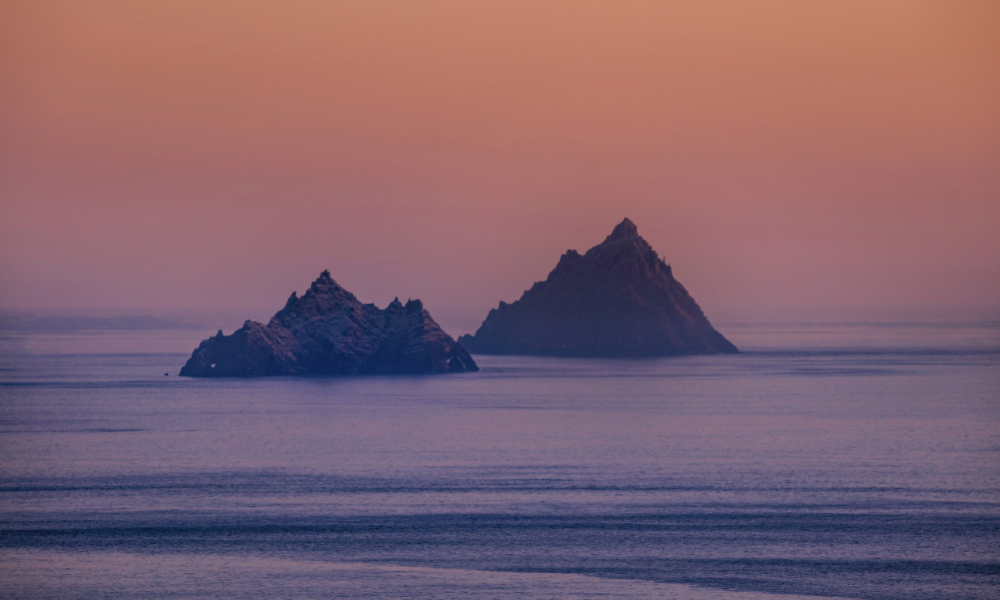
I did, of course, read the whole thing, hopping from chapter to chapter like a gannet trying to find purchase on the windblown rock itself, and when I’d come to the end I had to sit back, close my eyes and remind myself that Skellig is, after all, a rock, a speck on the broad face of the Atlantic – such is the cumulative power of the book that I had come to think of Skellig as somehow limitless, a vast field of wonder for the mind to dwell on. In the words of Grellan Rourke, properly and rightly honoured here for his forty-one seasons of work on the island, the place is ‘a site that keeps on giving’.
Just so, The Book of the Skelligs is one of those remarkable texts that will keep on giving – to our sense of many-layered histories, to our sense of the sacred inscape of the natural world, our kinship with creatures of earth, sea and air, our unbroken compact of wonder with all those who have gone before us, searching out, like those medieval monks, the horizon of the eternal. This book is, in the best of all possible senses of the word, a monumental work.
The Book of the Skelligs is published by Cork University Press.
For more information on Theo Dorgan and his work, visit his dedicated website.
Photography: Valerie O'Sullivan, from The Book of the Skelligs

